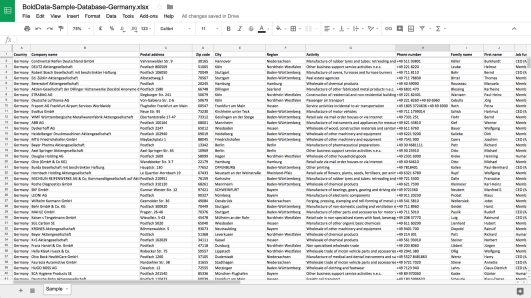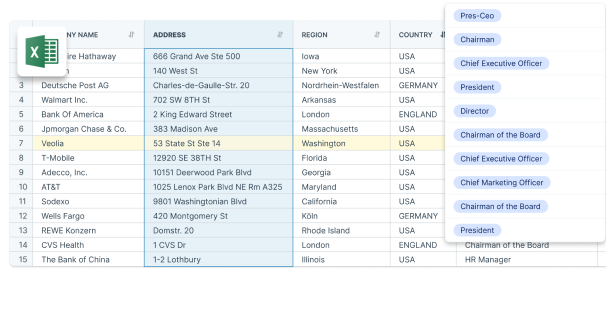A subsidiary is a company that is completely or majority-owned by another company, referred to as the parent company. The subsidiary operates as a separate legal entity, but its management and activities are ultimately controlled by the parent company. These companies ownership relations are known as group structures which BoldData can deliver from 300 million companies worldwide.
Types of Subsidiaries
There are two main types of subsidiaries: wholly-owned and majority-owned.
Wholly-Owned Subsidiaries
A wholly-owned subsidiary is a company that is 100% owned by its parent company. This type of subsidiary operates independently from the parent company but is ultimately controlled by it.
Majority-Owned Subsidiaries
A majority-owned subsidiary is a company in which the parent company holds a controlling interest but not 100% ownership. This type of subsidiary operates independently but is ultimately controlled by the parent company, which holds most of its shares.
Benefits of Having a Subsidiary
Having a subsidiary can bring numerous benefits to a parent company, including:
- Access to new markets
- Increased flexibility in decision-making
- Improved risk management
- Enhanced brand recognition
- Increased profitability
The Role of a Subsidiary in Business
The role of a subsidiary in business is to serve as a separate entity that operates under the guidance and control of the parent company. A subsidiary allows a parent company to expand its operations and enter new markets without starting a new company.
In addition, it can provide a parent company with increased flexibility in decision-making. It operates as a separate entity, meaning it can make decisions and take risks without affecting the operations or financial stability of the parent company.
The Relationship between a Parent Company and a Subsidiary
The relationship between a parent company and a subsidiary involves control and guidance. The parent company holds a controlling interest and guides its operations. It operates independently, but ultimately its activities are controlled by the parent company.
Setting Up a Subsidiary
Setting up a subsidiary can be a complex process, but it can also be rewarding for a parent company. The steps involved in setting up include the following:
- Conducting market research
- Registering the subsidiary
- Establishing a business plan
- Securing funding
- Hiring staff
Wide Range of Info from Subsidiaries
BoldData can deliver group structures with information from subsidiaries and the belonging entities from almost all 300 million companies worldwide. This database can be used for validation, due diligence and customer onboarding (KYC). Please see which National ID’s are available in our database:
There is a wide range of information that you can access from subsidiaries including the following:
| Number of subsidiaries | The number of family members including the global ultimate and all subsidiaries and branches of the entire family tree worldwide. Every family member of tree carries the same count. |
| DIAS Code | A code which sequences a file in order by ultimate parent name and family sequence within each group. |
| Hierarchy Code | A two-position code, used in conjunction with the status and subsidiary indicators which pinpoints to the location of an establishment within a corporate hierarchy. The hierarchy on the global ultimate is ‘01’. A branch hierarchy is the same as its headquarters’. A subsidiary’s hierarchy is one more than its parent’s. The code may be defined as follows: |
Summary
It is a separate legal entity, wholly or majority-owned by a parent company. It provides numerous benefits to the parent company, including access to new markets, increased flexibility in decision-making, improved risk management, enhanced brand recognition, and increased profitability. Setting up can be a complex process. Still, it can also be rewarding for a parent company that wants to expand its operations and enter new markets.
BoldData is Your Partner for Trusted Company Data
BoldData is your number-one source for subsidiary company data and group structure data on all companies worldwide. We can select your target group in any country depending on regional, turnover, sector, and employee characteristics. Get in touch with us to receive a free quote.

